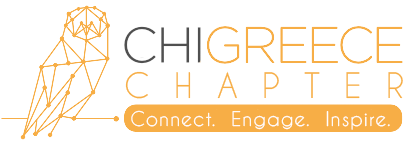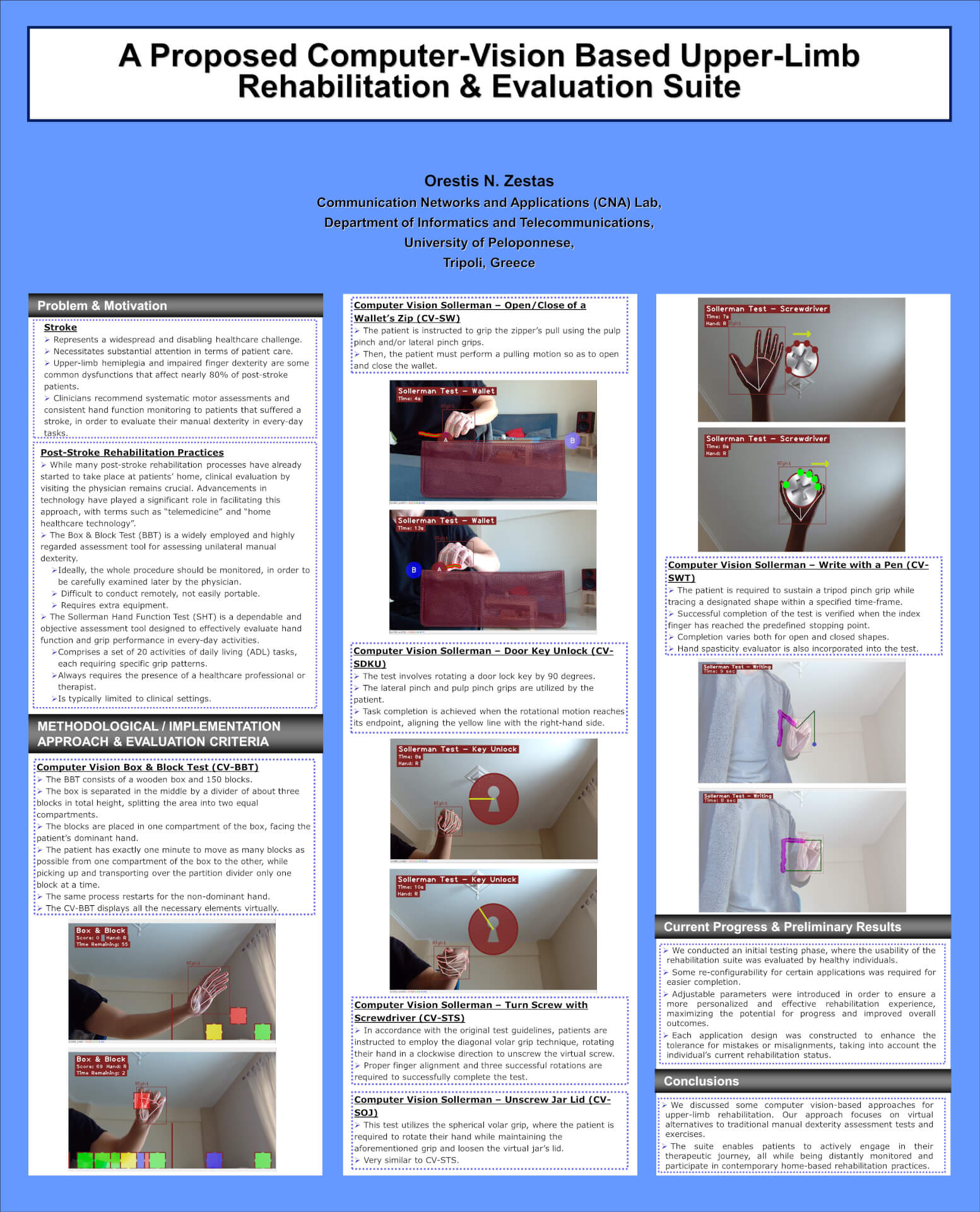Hand function impairment is a common consequence of stroke, requiring continuous monitoring and kinematic evaluations to assess motor recovery progress. The Sollerman Hand Function Test (SHT) and the Box and Block Test (BBT) are some essential assessment tools for evaluating patients’ ability to perform everyday activities. However, the need for physical presence of a therapist and the use of specialized materials makes the process time-consuming and dependent on the availability of clinical resources. This paper focuses on the development of a computer vision based upper-limb rehabilitation suite that includes virtual alternatives to traditional sub-tests found in the SHT, along with a digital version of the Box and Block Test, that do not require extra hardware equipment. Following a concise overview of existing research methodologies, we thoroughly examine and showcase our implemented solution while also addressing pertinent challenges and constraints. Finally, usability issues of the applications and necessary adjustments, are also discussed.
Javascript must be enabled to continue!

